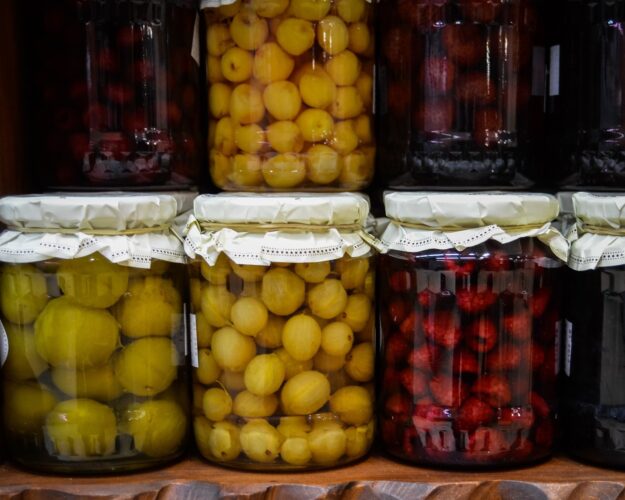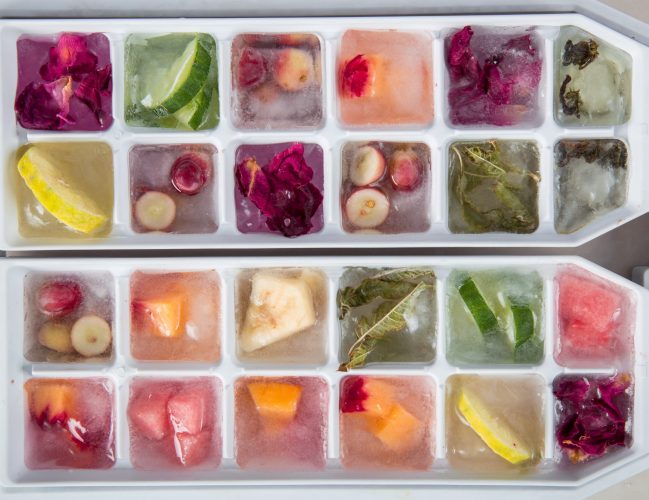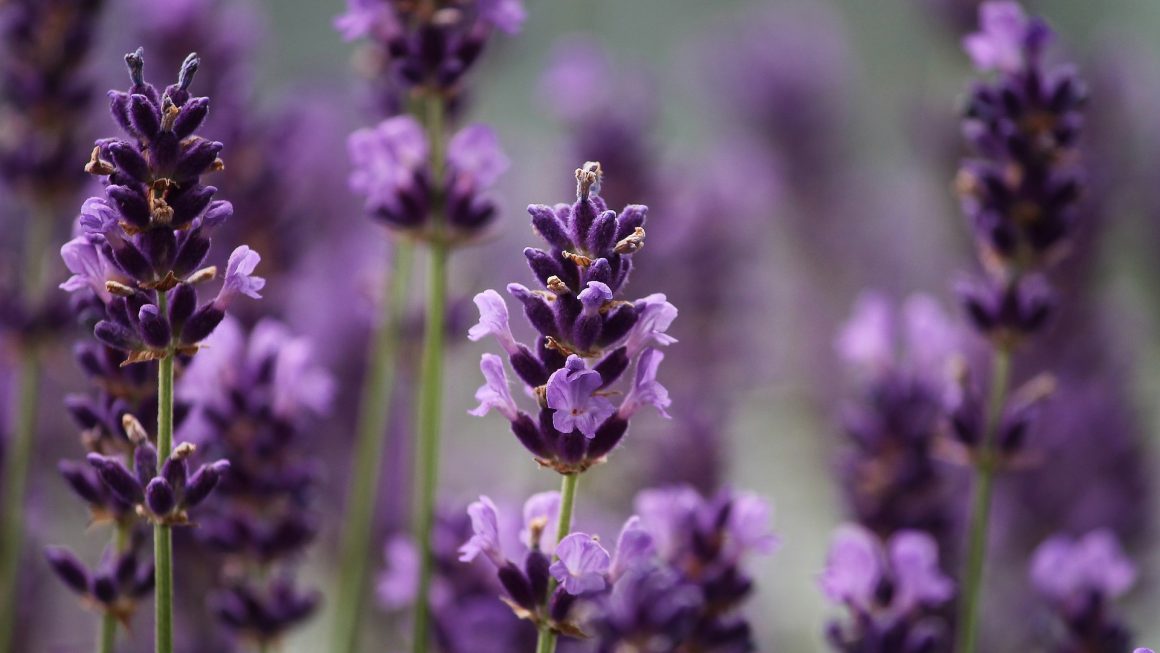This post may contain affiliate links, please see my disclosure policy to learn more.
There are many different ways to preserve food. Food preservation refers to the processes you use to prepare food for safe, long-term storage. Some methods are better than others, and some are more popular than others. With food preservation, you can extend the life of food and drink considerably.
Dehydrating/Drying
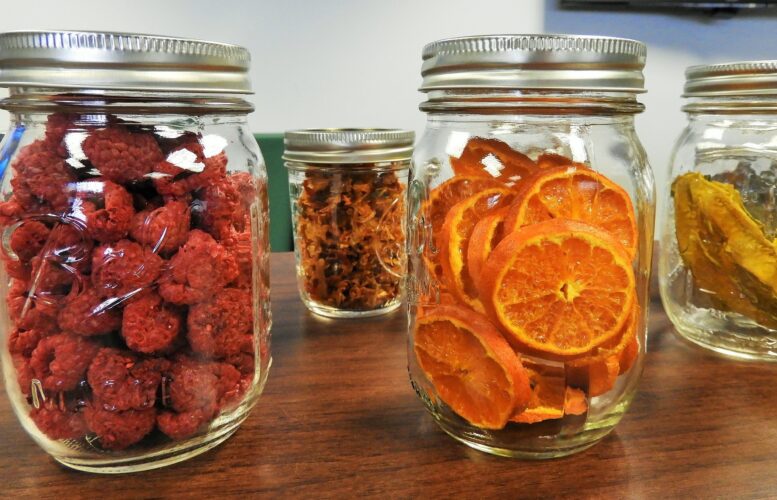
Dehydrating or drying food is one of the oldest and most effective methods for preserving foods. This process helps to prevent spoilage by drying out the moisture in our food, thus slowing down the growth of bacteria and other microorganisms that can cause rot and decay. In addition, this process locks in important nutrients, so our food stays healthy and flavorful even after it has been dehydrated or dried. Foods that are ideal for this process include fruits like apples, pears, berries, and tropical fruits; meats like beef jerky or fish; seafood like squid or shrimp; and seeds like nuts or sunflower seeds. Whether you dry your foods in a low-temperature oven, a homemade dehydrator, or simply on a wire rack next to a roaring fire, getting into the practice of dehydrating or drying food will help you to keep your foods fresh longer and enjoy them well beyond their normal shelf life. So if you’re looking for an easy way to preserve the bounty of your garden or local farmer’s market, look no further than dehydration or drying! It’s a smart way to keep your foods fresh both now and in the future.
Freezing
Freezing is one of the simplest and most effective ways to preserve food. By freezing foods, we can lock in nutrients, flavor, and texture. Additionally, freezing requires less energy than other methods of preservation like dehydrating or canning. For these reasons and more, freezing is a great way to protect the freshness of our foods. Whether it’s summer fruits and veggies or winter comfort foods like soups and stews, freezing is a simple and versatile option that can help ensure that we always have healthy and delicious food on hand. So if you want to keep your fruits and veggies fresh all year round or just need a quick way to stock up on staples like chicken or ground beef, don’t forget the power of freezing! With just a little planning and effort, you can enjoy the fresh flavors of summer long after the season has passed. And no matter what time of year it is, your freezer will be your best friend at mealtime! Check out: Food – To Freeze or not to Freeze.
Freeze Drying
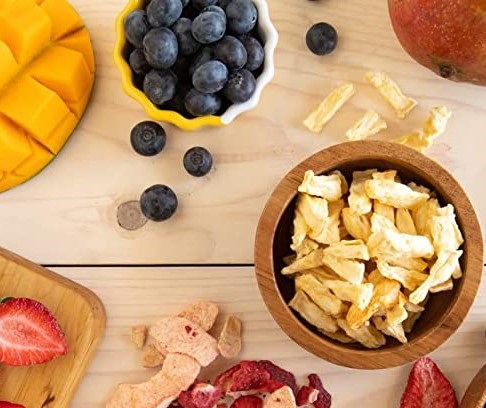
When you think of dried foods, you might think of raisins, prunes, or beef jerky. But did you know that freeze-drying is a method of food preservation that can be used to preserve a wide range of foods, from fruits and vegetables to meats and fish? Freeze-drying works by freezing the food and then removing the water content through a process of sublimation. This leaves the food with all its original flavor and nutrients intact. Freeze-drying doesn’t rely on chemicals or additives, so it’s a great way to preserve foods for those who are concerned about eating healthy. Best of all, freeze-dried foods have a long shelf life, so you can stock up and enjoy them even when fresh produce is out of season. So if you’re looking for a way to preserve your food, consider freeze-drying. It’s a great way to keep your food fresh and nutritious.
Canning
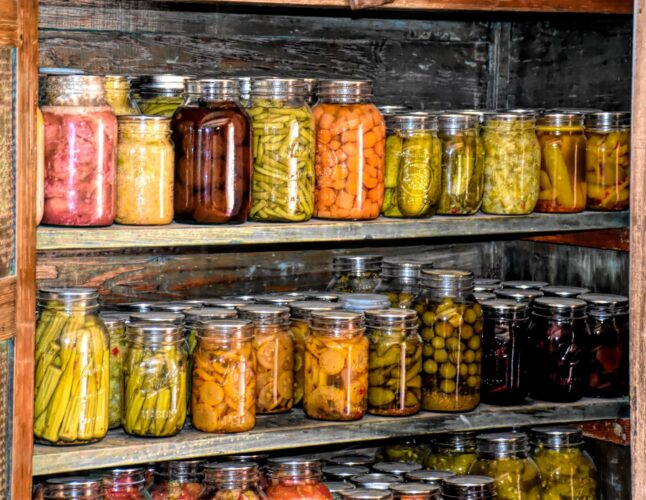
Canning is the process of preserving food in airtight containers. Canning ensures a longer shelf life for foods by preventing the growth of bacteria and other microorganisms. When done properly, canning also helps to preserve the nutrient content of foods. There are two main types of canning: water bath canning and pressure canning. Water bath canning is best suited for high-acid foods, such as fruits and tomatoes. Pressure canning is necessary for low-acid foods, such as meat and vegetables. Canning is a relatively simple process, but it does require some specialized equipment. However, the benefits of canned foods make the investment well worth it. Canned foods are convenient, last longer than fresh foods, and often taste just as good as their fresh counterparts. For these reasons, canning is an excellent way to preserve foods.
Fermenting
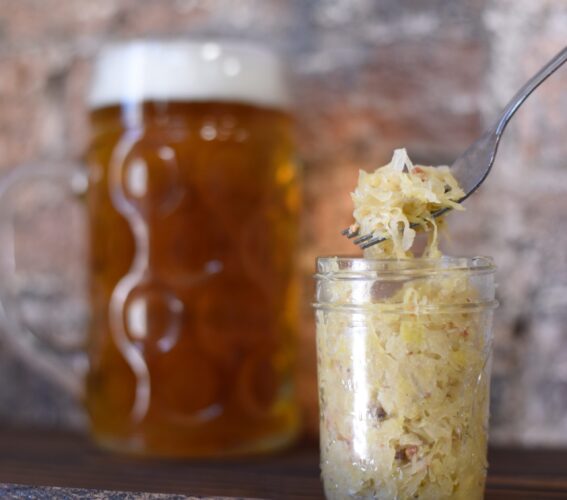
Fermenting food is a great way to preserve and prolong the shelf life of a wide range of foods. Beyond just making foods last longer, fermenting helps to add nutritional value and introduce probiotics into our diets. For example, many types of sauerkraut are high in vitamin C and contain beneficial bacteria that help to boost our gut health. Additionally, the process of fermentation can unlock otherwise inaccessible nutrients in foods, such as antioxidants and essential vitamins. So whether you’re looking for new ways to preserve garden vegetables or just looking for better ways to keep your fridge stocked during busy times, it’s hard to beat the benefits of fermenting food. From tangy pickles to rich miso paste, this ancient practice is definitely worth exploring!
There are many different ways to preserve food. Each method has its own benefits and drawbacks, so it’s important to choose the right method for your needs. If you’re looking for a simple and versatile option, freezing is a great choice. For those who are concerned about eating healthy, freeze-drying is a great option that preserves nutrients and doesn’t rely on chemicals or additives. And for those who want to extend the shelf life of their foods, canning, and fermenting are both excellent choices. So no matter what your needs are, there’s a food preservation method that’s right for you! Start exploring today and see what you can do to keep your food fresh and delicious all year round.

